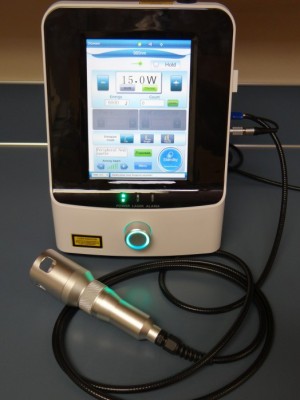Nail Fungus
Also referred to as onychomycosis, fungal nails are infections underneath the surface of the nail, which may also penetrate the nail. Fungal nail infections are often accompanied by a secondary bacterial and/or yeast infection in or about the nail plate, which ultimately can lead to difficulty and pain when walking or running. Symptoms may include discoloration, brittleness, loosening, thickening, or crumbling of the nail.
Treatments can vary depending on many factors including the number of nails involved, the duration of the infection, as well as the over all health of the individual.

Nail bed injury may make the nail more susceptible to all types of infection, including fungal infection. Those who suffer chronic diseases, such as diabetes, circulatory problems, or immune-deficiency conditions, are especially prone to fungal nails. Other contributory factors may be a history of Athlete’s Foot or excessive perspiration.
You can prevent fungal nail infections by taking these simple precautions:
- Exercise proper hygiene and regularly inspect your feet and toes.
- Keep your feet clean and dry.
- Wear shower shoes in public facilities whenever possible.
- Clip nails straight across so that the nail does not extend beyond the tip of the toe. Use a quality foot powder (talcum, not cornstarch) in conjunction with shoes that fit well and are made of materials that breathe.
- Avoid wearing excessively tight hosiery, which promotes moisture. Socks made of synthetic fiber tend to “wick” away moisture faster than cotton or wool socks, especially for those with more active lifestyles.
- Disinfect home pedicure tools and don’t apply polish to nails suspected of infection.
A medication may need to be prescribed, and the diseased nail matter and debris removed, a process called debridement. Note: Please consult your physician before taking any medications. Laser can now be effective in many cases and when combined with specific topical therapy has few to no side effects.
In severe cases, surgical treatment may be required to remove the infected nail. Permanent removal of a chronically painful nail, which has not responded to any other treatment, permits the fungal infection to be cured and prevents the return of a deformed nail.


